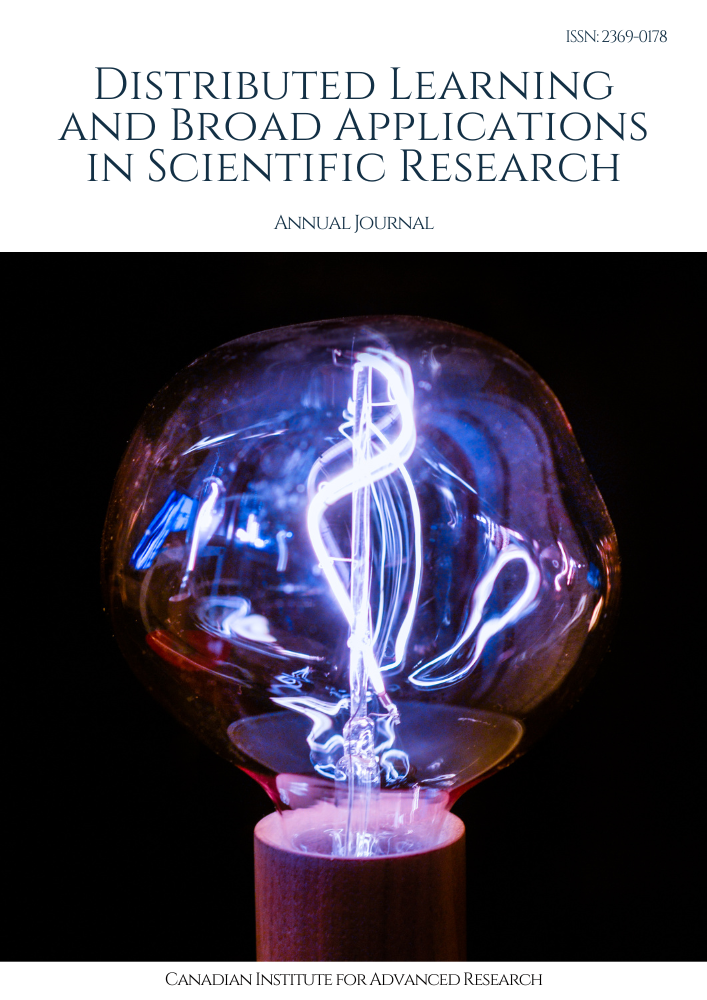AI-based Traffic Sign Recognition Systems for Autonomous Driving
Abstract
To our knowledge, most machine-learning-based techniques summarize the vehicle speed, steering angle, and navigation decisions towards the raw features that extracted from the RGB images while navigating. Moreover, in recent studies, not only images were enhanced with semantic masks, but also the extracted features are enhanced with these maps, thereby providing the object’s relational feature maps based on the location of the detected objects. However, these proposed studies did not consider the saliency maps during the sign classification problems, which may provide a significant contribution to scene context understanding and complement information towards the vehicle’s navigation decisions. Moreover, it would be interesting to investigate how to aggregate saliency information and navigation, while respecting traditional sign classification and detection. Sign-level state information includes not only the traffic signs but also their distances and locations. Therefore, integrating not only the fused feature maps, but also the distance information, which is an essential information about the closeness of the signs to our vehicle, is an important point in recognizing the traffic signs.
Downloads
References
Tatineni, Sumanth, and Venkat Raviteja Boppana. "AI-Powered DevOps and MLOps Frameworks: Enhancing Collaboration, Automation, and Scalability in Machine Learning Pipelines." Journal of Artificial Intelligence Research and Applications 1.2 (2021): 58-88.
Ponnusamy, Sivakumar, and Dinesh Eswararaj. "Navigating the Modernization of Legacy Applications and Data: Effective Strategies and Best Practices." Asian Journal of Research in Computer Science 16.4 (2023): 239-256.
Shahane, Vishal. "Serverless Computing in Cloud Environments: Architectural Patterns, Performance Optimization Strategies, and Deployment Best Practices." Journal of AI-Assisted Scientific Discovery 2.1 (2022): 23-43.
Muthusubramanian, Muthukrishnan, and Jawaharbabu Jeyaraman. "Data Engineering Innovations: Exploring the Intersection with Cloud Computing, Machine Learning, and AI." Journal of Knowledge Learning and Science Technology ISSN: 2959-6386 (online) 1.1 (2023): 76-84.
Tillu, Ravish, Bhargav Kumar Konidena, and Vathsala Periyasamy. "Navigating Regulatory Complexity: Leveraging AI/ML for Accurate Reporting." Journal of Knowledge Learning and Science Technology ISSN: 2959-6386 (online) 2.2 (2023): 149-166.
Sharma, Kapil Kumar, Manish Tomar, and Anish Tadimarri. "Optimizing sales funnel efficiency: Deep learning techniques for lead scoring." Journal of Knowledge Learning and Science Technology ISSN: 2959-6386 (online) 2.2 (2023): 261-274.
Abouelyazid, Mahmoud. "Machine Learning Algorithms for Dynamic Resource Allocation in Cloud Computing: Optimization Techniques and Real-World Applications." Journal of AI-Assisted Scientific Discovery 1.2 (2021): 1-58.
Prabhod, Kummaragunta Joel. "Utilizing Foundation Models and Reinforcement Learning for Intelligent Robotics: Enhancing Autonomous Task Performance in Dynamic Environments." Journal of Artificial Intelligence Research 2.2 (2022): 1-20.
Tatineni, Sumanth, and Anirudh Mustyala. "AI-Powered Automation in DevOps for Intelligent Release Management: Techniques for Reducing Deployment Failures and Improving Software Quality." Advances in Deep Learning Techniques 1.1 (2021): 74-110.
Downloads
Published
Issue
Section
License

This work is licensed under a Creative Commons Attribution-NonCommercial-ShareAlike 4.0 International License.
License Terms
Ownership and Licensing:
Authors of research papers submitted to Distributed Learning and Broad Applications in Scientific Research retain the copyright of their work while granting the journal certain rights. Authors maintain ownership of the copyright and have granted the journal a right of first publication. Simultaneously, authors agree to license their research papers under the Creative Commons Attribution-NonCommercial-ShareAlike 4.0 International (CC BY-NC-SA 4.0) License.
License Permissions:
Under the CC BY-NC-SA 4.0 License, others are permitted to share and adapt the work, as long as proper attribution is given to the authors and acknowledgement is made of the initial publication in the journal. This license allows for the broad dissemination and utilization of research papers.
Additional Distribution Arrangements:
Authors are free to enter into separate contractual arrangements for the non-exclusive distribution of the journal's published version of the work. This may include posting the work to institutional repositories, publishing it in journals or books, or other forms of dissemination. In such cases, authors are requested to acknowledge the initial publication of the work in this journal.
Online Posting:
Authors are encouraged to share their work online, including in institutional repositories, disciplinary repositories, or on their personal websites. This permission applies both prior to and during the submission process to the journal. Online sharing enhances the visibility and accessibility of the research papers.
Responsibility and Liability:
Authors are responsible for ensuring that their research papers do not infringe upon the copyright, privacy, or other rights of any third party. Scientific Research Canada disclaims any liability or responsibility for any copyright infringement or violation of third-party rights in the research papers.
If you have any questions or concerns regarding these license terms, please contact us at editor@dlabi.org.



